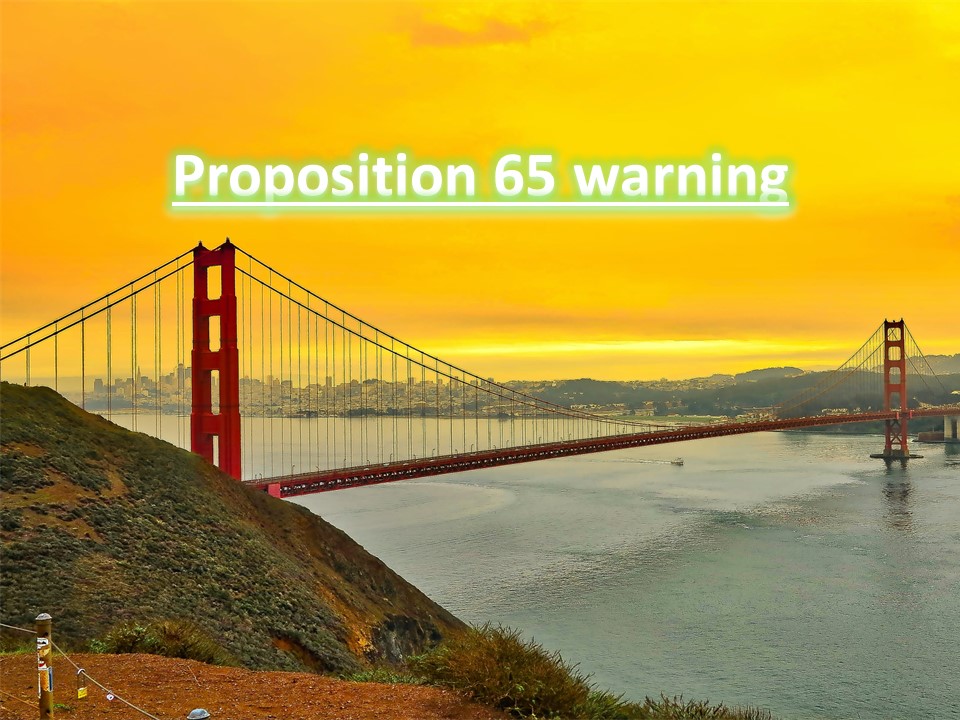26
July
2024
The History of Sunken Treasure at the Jersey Shore (1800s-2024)

The History of Sunken Treasure at the Jersey Shore (1800s - 2024)
1. The Isabela: (1824)
In 1824, the Spanish ship Isabela sank off the coast of Cape May, New Jersey. Owned by a wealthy Spanish merchant, the ship was rumored to carry a substantial cargo of gold and silver coins destined for European markets. Despite numerous attempts, the treasure remains undiscovered, intriguing treasure hunters for centuries. Interesting fact: Isabela was one of the last Spanish galleons to traverse the treacherous waters of the Atlantic before steamships became prevalent.
2. The New Era: (1854)
The immigrant ship New Era sank in 1854 near Asbury Park, resulting in one of the deadliest maritime disasters in New Jersey's history. The vessel belonged to the Black Ball Line and carried many German immigrants seeking a new life in America. While the primary cargo was personal belongings and modest valuables, the tragedy overshadowed the material loss. A remarkable fact about the New Era is that it sparked significant changes in maritime safety regulations.
3. The Admiral Dupont: (1888)
Admiral Dupont was a luxurious steamship that met its demise in 1888 near Point Pleasant Beach. The ship, owned by the Delaware and Hudson Canal Company, was on its way from New York to Philadelphia. While no substantial treasure was reported aboard, the wreck is famous for its collection of artifacts, including fine china and personal belongings of affluent passengers. Divers continue to explore the site, finding relics that tell stories of the Gilded Age.
4. The Sindia: (1901)
In 1901, the British sailing ship Sindia ran aground near Ocean City. Owned by the Anglo-American Oil Company, the vessel was rumored to carry a cargo of Chinese porcelain, silk, and possibly opium. Despite extensive salvage efforts, the exact contents of its cargo remain a mystery, and tales of hidden treasure persist. An interesting tidbit: parts of the Sindia still emerge from the sand during low tide, attracting curious visitors and historians alike.
5. The Morro Castle: (1934)
One of the most famous shipwrecks, the luxury liner Morro Castle, caught fire and sank off the coast of Asbury Park in 1934. The ship, owned by the Ward Line, was en route from Havana to New York. While no treasure was aboard, the disaster, resulting in over 130 deaths, led to significant changes in ship safety protocols. The wreck's remnants were visible for decades and became a local legend, sparking ghost stories and conspiracy theories.
6. The SS Atlantus: (1926)
The concrete ship SS Atlantus, built during World War I, ran aground in 1926 near Cape May. Though not a treasure ship, it’s one of the most intriguing wrecks due to its construction material. Owned by the Emergency Fleet Corporation, it was intended to be part of a fleet of concrete vessels. The Atlantus has become a local landmark, slowly deteriorating over the decades and drawing tourists interested in its unique history.
7. The Magnolia: (1942)
During World War II, the cargo ship Magnolia was torpedoed by a German U-boat off the Jersey Shore. The ship, owned by the United States Merchant Marine, was carrying essential wartime supplies. While not a treasure ship, its wreck has become a significant dive site, with remnants of wartime cargo and the ship's structure offering a haunting glimpse into the past. A fascinating fact: divers often find preserved artifacts that speak to the wartime efforts and the dangers faced by merchant mariners.
8. The A.J. Meerwald: (1950)
The oyster schooner A.J. Meerwald, a vital part of New Jersey’s maritime history, sank in 1950 near Cape May. Though it carried no treasure, the ship represents the rich heritage of the oyster industry in the Delaware Bay. The vessel was later raised and restored and is now a sailing classroom, educating the public about maritime history and environmental conservation. This ship is a testament to the enduring legacy of New Jersey's maritime culture.
9. Modern-Day Discoveries: (2000s - Present)
In recent years, advances in technology have led to the discovery of previously unknown wrecks along the Jersey Shore. Notable finds include a merchant vessel from the 1800s, believed to carry precious metals, and a World War II-era freighter with military artifacts. These modern discoveries continue to fuel the imagination of treasure hunters and historians, each wreck a time capsule waiting to reveal its secrets.
Conclusion:
The Jersey Shore’s waters are a trove of historical treasures, each shipwreck telling a unique story of maritime adventure, tragedy, and mystery. From the elusive gold of the Isabela to the poignant artifacts of the New Era, the allure of sunken treasure captivates the imagination, ensuring that the quest for these submerged relics will continue for generations to come.
~JSC










